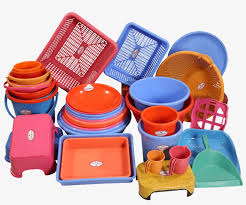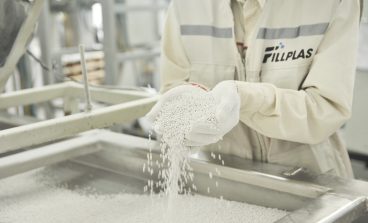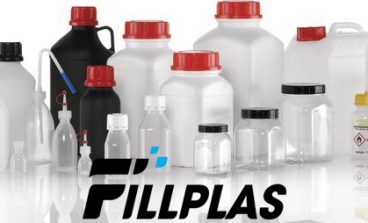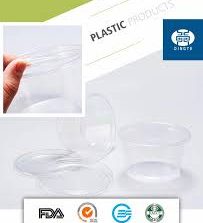
Injection molding
Injection molding is a type of manufacturing process to produce parts in large quantities. They often use it for mass-production processes where the same part is reproduced over and over. Some parts may be produced in quantities of a thousand, while some may be replicated a million times over the course of the injection mold’s life.
Additional benefits to injection molding
Injection molding has other benefits other than being easily scalable.
Cost and availability
- Injection molding produces a very low amount of waste. At the initial start-up of the machine, you will have some shots through the molding die to purge air and contaminants out. Those will most likely not be useable in the future and will need to be discarded. From there, there will be a minimal amount of waste from the manufacturing process in the form of sprue, the runners, the gates, and flash from the edges of the parts, but all may be able to be ground back into pellet form and reused.
- There are thousands of resins available that have amazing strength, corrosion resistance, and durability that can rival metals, alloys, and aerospace materials. Choosing the functional and visual criteria that the parts need to demonstrate may be harder than finding a perfect resin to match your ideal product.
- Injection molding is very repeatable from day to day and year to year. The third part can be the same as the hundredth, the thousandth, or the one millionth. If you’re producing a large number of parts over the course of a few years, it will be beneficial to have consistency and efficiency in your products.
- Injection molds can make multiple parts at one time. If you need three of one part, five of another, and then just one of the last parts, one mold may be able to produce all pieces in one molding shot. In other production processes, that may take three different dies or three different processes altogether.
The other benefits
- The colors available for your products are limitless. Beyond colors, you could choose inlays and over molds to create unique finishes and designs that aren’t an option with other materials and manufacturing processes.
- You have the ability to design a large amount of assembly and human interaction out with automation.
- Eliminating as much as possible will reduce the cost to individual parts, the overall product, and additional assembly or manufacturing.
Injection molding drawbacks
As with every process, there are challenges. Although, the benefits and efficiency of injection molding far outweigh these considerations:
- The initial cost of an injection molding die may be more than your budget allows. Your tooling designer and mold maker should be able to advise you in ways to reduce costs for your molds without sacrificing quality or time. If you need a low quantity of parts, it may be beneficial to use a softer die material to reduce the cost and lead-time of the finished die.
- Mold makers and tooling designers are specialists and experts in their craft, so finding the right partner may be more effort than searching the internet. Computer software is available to make an educated guess at what the final tool will look like, but an expert tool design will be able to refine the tooling beyond what a computer model will predict.
- Injection molding dies will have a longer lead-time than some other processes. A machining program can be generated overnight, and within a day or two, you may be able to have a sample part for demonstration. In order to be competitive in that timeframe, you may need to find a rapid prototype operation that can 3D print a part in plastic instead of a part machined from metal or hard plastic.
Fillplas has filler masterbatch material for injection molding products. Please kindly contact us for further information.



